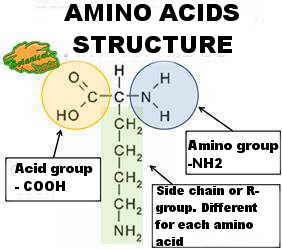Contents
Characteristics of common juniper
Common English name: Common juniper
Scientific name: Juniperus communis L. The name comes from celtic” Juneprus” (= rough) and it is due to the harsh taste of fruit.
Family. Cupressaceae
Habitat. Where to find juniper?
Mountain scrublands. Different varieties of common juniper grow extensively in Europe, Asia and North America. Some of them have been extensively used by native communities to increase urine production.
Description of juniper

Juniper with ripe fruits and leaves
Perennial shrub of the Cupressaceae family up to 7 m, but usually it does not exceed 2 m.
Numerous stems, reddish brown bark that cracks in thin sheets with ease.
Sharp leaves, dark green on upper part and with a white band on the underside, in whorls of three.
Male and female flowers on separate trees (dioecious plants). Male flowers are yellow and grow in the axils of the leaves.
Galbula fruit, unripe during the first year, bluish-black at maturity, which happens after two or three years.
Subspecies of junipers
There are different subspecies of juniper trees that adapt to different conditions of soil and climate where they live. Among them we would include:
- Common Juniper: (Juniperus communis subsp. communis): With leaves up to 2 cm in length and cones usually shorter than the leaves. Is mainly distributed in temperate zones, medium or low altitudes and in different soil types that present a good drainage. It has the following variants:
- Juniperus communis subsp. communis var. communis. It is a variant of northern Europe and Asia.
- Juniperus communis subsp. communis var. nipponica (Maxim.) E.H.Wilson. Japanese variant
- Juniperus communis subsp. communis var. depressa. North American variant
- Creeping Juniper (Juniperus communis subsp. nana): With leaves that do not surpass 1.5 cm in length. It presents/displays a more crawling habit forming bushes in cold higher zones and of mountains of the center and the south of Europe or in cold level zones and of the north of Europe.
- Alpine Juniper: (Juniperus communis subsp. alpine) with leaves that usually do not surpass 8 mm in length and cones habitually more lengths than the leaves. Forms bushes of low height found in subarctic areas and high altitude alpine zones in temperate areas. We can find the following variants:
- Juniperus communis subsp. alpine bar. alpina Europe, Asia and Greenland.
- Juniperus communis subsp. alpine bar. megistocarpa Fernald & H.St.John. Eastern Canada.
- Juniperus communis subsp. alpine bar. jackii Rehder. Western North America
Components of juniper

Detail of the fruits and leaves of common juniper (Juniperus communis)
- Acids: acetic, ascorbic, chlorogenic, formic, glucuronic, glycolic. Lmaleic, Torulosic (Fruits)
- Terpenes, Alphapinene, betapinene, alphahumulene, alphaphellandrene, alphacopaene, betaphellandrene, alphaterpinene, gammaalphaterpineol, alphathujene, geranyl acetate, borneol, cedrene, delta cadinene, limonene, myrcene, pcymene, sabinene, eucalyptol, nerol, (Fruits) ferruginol (Wood) terpinen4ol (Essential oil of the fruits and leaves)
- Terpenoids: camphor (Fruits)
- Menthol (Fruits)
- Resin (Fruits and wood)
- Juniperin (Fruits)
- Sugars: Fructose, glucose (Fruits)
- Flavonoids: catechin, epicatechin, gallocatechin, epigallocatechin, apigenin (Fruits)
- Tannins (Fruits) gallotannins: (Wood)
- Fiber: pectin
- Minerals: Calcium, cobalt, chromium, iron, magnesium, manganese, phosphorus, potassium, selenium, sodium, zinc. (Fruits)
- Vitamins: Vitamin C, vitamin B3 (niacin), vitamin B1(Thiamin) (Fruits)
![]() More information on juniper
More information on juniper








